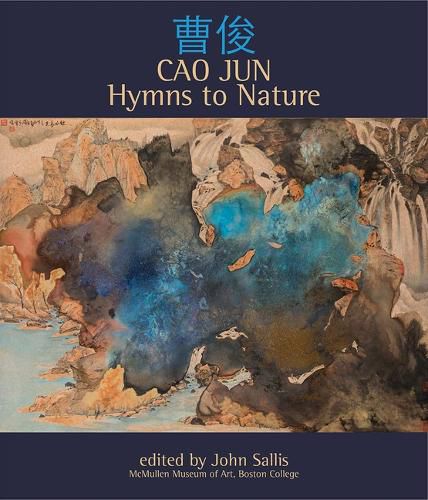Readings Newsletter
Become a Readings Member to make your shopping experience even easier.
Sign in or sign up for free!
You’re not far away from qualifying for FREE standard shipping within Australia
You’ve qualified for FREE standard shipping within Australia
The cart is loading…






No contemporary artist has succeeded so thoroughly in blending classical Chinese art and modern abstract art as Cao Jun, who has exhibited widely in China, as well as at the Louvre. Accompanying an exhibition at the McMullen Museum of Art, Boston College, this volume presents the art of Cao Jun for the first time in the United States. Featuring the artist’s early wild animal paintings, to his landscapes, to recent explorations of space depicted abstractly, the book also showcases Cao Jun’s calligraphy and ceramics.
Essays by Chinese and American scholars examine Cao Jun’s art, showing how it is deeply rooted in the experience of nature and how it portrays our place within nature. The essays demonstrate also the way in which Cao Jun’s art brings together classical Chinese painting with modern abstract forms akin to those of Western art. Yet Cao Jun’s art foregoes simply fusing these traditions; it employs the techniques of Chinese ink and brush painting and uses ink- and color-splashing to produce abstract forms.
$9.00 standard shipping within Australia
FREE standard shipping within Australia for orders over $100.00
Express & International shipping calculated at checkout
No contemporary artist has succeeded so thoroughly in blending classical Chinese art and modern abstract art as Cao Jun, who has exhibited widely in China, as well as at the Louvre. Accompanying an exhibition at the McMullen Museum of Art, Boston College, this volume presents the art of Cao Jun for the first time in the United States. Featuring the artist’s early wild animal paintings, to his landscapes, to recent explorations of space depicted abstractly, the book also showcases Cao Jun’s calligraphy and ceramics.
Essays by Chinese and American scholars examine Cao Jun’s art, showing how it is deeply rooted in the experience of nature and how it portrays our place within nature. The essays demonstrate also the way in which Cao Jun’s art brings together classical Chinese painting with modern abstract forms akin to those of Western art. Yet Cao Jun’s art foregoes simply fusing these traditions; it employs the techniques of Chinese ink and brush painting and uses ink- and color-splashing to produce abstract forms.